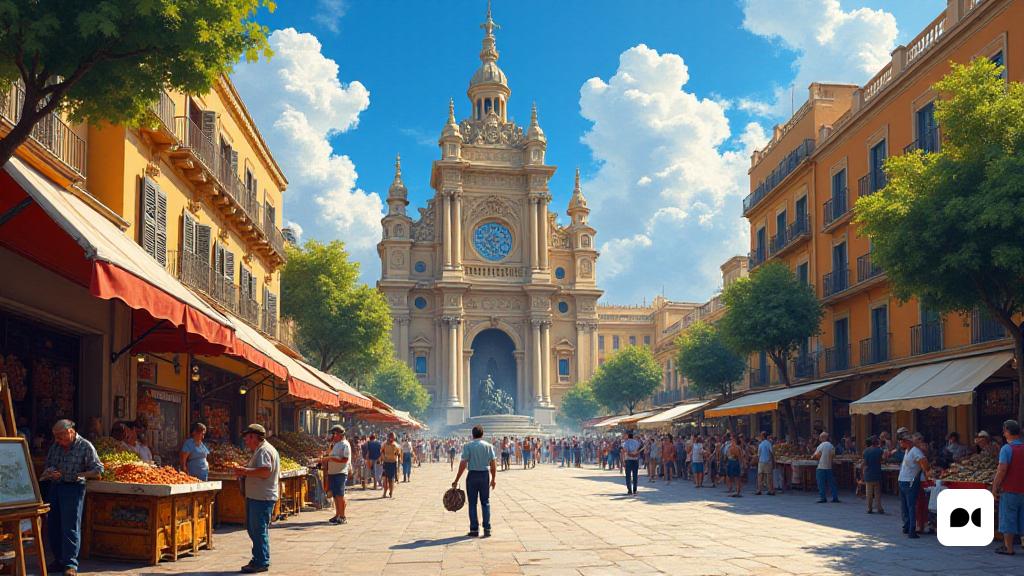Protectionism as a growth pillar
In a new chapter of his series on the history of Barcelona, the journalist Antonio Baños Bonompain addresses the influence of protectionism on the industrial development of the city. According to Baños, Barcelona’s economic success is inseparable from this policy. “The Catalans traveled to Madrid to claim the measures that allowed their industrial expansion,” he says with an ironic tone that invites reflection.
Tariffs and monopolies: a journey to the past
Baños jumps back to the Middle Ages, where the Lleda stands out, one of the first tariffs instituted by Jaume I. This tax recorded products such as pepper and copper, which came by sea to a Barcelona that did not yet have a port. The king granted William of Mediona the monopoly of collection, a decision that would mark the economic direction of the city.
Conflicts and taxes
The article shifts towards the time of the Trastamara, when Ferdinand I opposed the payment of the vectigal of the meat, a conflict that triggered a memorable clash in 1416. “Vectigalia King publishes Esse, non Tua,” said the counselor Joan Fiveller in the count of Barcelona, reaffirming that the taxes belong to the State. Today, a statue on the facade of the City Council commemorates this key moment, immortalized by the artist Ramon Tusquets i Maignon.
The impact of protectionism on everyday life
A temporary jump takes us to the 19th century, at a time when the walls of Barcelona had disappeared. Inspectors are installed in booths to collect products of product entry, mainly food. The bullanga of 1842, an incident that broke out when a group of workers tried to enter the city with wine, exemplifies the social tension derived from this system.
Neighborhoods with fiscal history
Baños also highlights the origin of several neighborhoods in Barcelona related to tax collection. Hostafrancs, for example, is named after a hostel that served as a refuge for swallowers when the walls were closed. On the other hand, the Zona Franca, born as a tax free port, was a claim by traders in the late nineteenth century, and was granted by Alfonso XIII in 1920, before being managed by Ports of the State in 1992.
Reflections on the present and the future
As Baños explores these narratives, we are invited to think about how the decisions of the past continue to influence the present. The history of protectionism in Barcelona is not only a lesson on its economy, but also on the identity and culture of a city that has always been constantly evolving.

